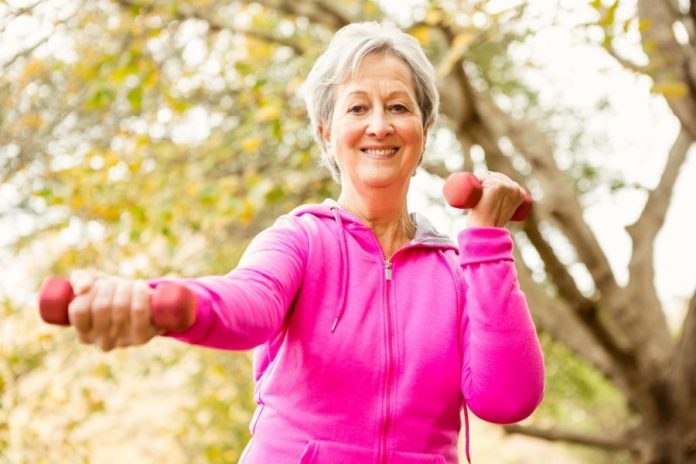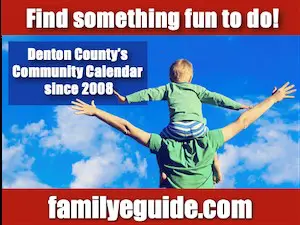
by Courtney Davis, Denton County Extension Agent – Family & Community Health
I attended recent presentation by our own Texas A&M AgriLife Extension Service program specialist for gerontology health, Dr. Andrew Crocker, where he stressed the importance of physical activity, especially as we age. Being physically active can allow people to do the things they enjoy, stay independent as they age and produce long-term physical and mental health benefits.
“Health experts agree that older adults should be active every day to maintain optimal health,” Crocker said.
Physical activities get the body moving, and can be anything from gardening, walking and/or taking the stairs instead of the elevator, he said. Exercise is a form of physical activity that is specifically planned or structured, such as weight training or an aerobics class.
Physical activity may be especially helpful to older adults, Crocker said. In addition to helping mood and increasing social interaction, it may help prevent, delay or improve conditions such as diabetes and heart disease. Physical activity also helps strengthen muscles and bones which have a tendency to weaken as the body ages.
“One of the great things about physical activity is that there are so many ways to be active,” he said. “For example, you can be active in short spurts throughout the day, or you can set aside specific times of the day on specific days of the week to exercise. Many physical activities are free or low cost and do not require special equipment.”
The National Institute on Aging recommends the following when considering exercise and/or physical activity:
- Stretch. Before starting any exercise and after completing any exercise, stretch. This will help loosen and warm muscles in addition to helping prevent injury and cramping. It is also important to remember the body needs plenty of water, especially after exercising.
- 30 minutes. Do something to increase the heart and breathing rate for at least 30 minutes most days of the week. The 30 minutes do not have to be all at once; it could be three 10-minute exercises. A good rule of thumb to see if it is enough is to try to talk during exercise. If you cannot talk at all, you are exercising too hard; if you can talk without any trouble, you are not exercising hard enough.
- Use the muscles. Every movement uses a muscle. When those muscles are not used because of a lack of physical activity they weaken. Weak muscles may create an inability to walk or get up from a seated position. Strong muscles help reinforce bones, making falls less likely.
- Improve balance. In addition to strengthening muscles, strengthening sense of balance is important. To do this, try standing on one foot, holding onto a chair for support if unable to do this task alone. Also, try standing from a seated position without using hands or arms. Be very careful when trying these activities and have someone else present.
“Your health provider will be a key player in your exercise routine,” Crocker said. “Please remember to consult him or her before beginning any type of physical activity. You will want to discuss how your personal health condition may be affected by exercise. Also, you will want to start slowly with any type of exercise routine.”
He said a good guideline to remember is “start low and go slow.” Doing too much, too soon may cause seriously injury.
Some safety recommendations from the American College of Sports Medicine include:
– Do not hold your breath while straining.
– Use safety equipment to prevent injury. This may mean a helmet for bike riding or proper shoes for walking or running.
– Drink plenty of liquids unless specifically advised otherwise by your health provider.
– Bend from the hips, not from the waist.
“Exercise may cause soreness or a little discomfort but should never cause pain,” Crocker said.
The National Institute of Aging publication “Exercise & Physical Activity: Your Everyday Guide” has information on exercise for older adults as well as suggestions and illustrations for exercises. The publication can be found at www.nia.nih.gov/HealthInformation/Publications/ExerciseGuide.
One great way to increase your level of physical activity and add a little friendly competition is to participate in our Walk Across Texas! program. Walk Across Texas is an eight-week program in which teams of eight (family members, coworkers, friends, church members, etc.) strive to virtually “walk” the 830 miles across Texas. Miles are calculated individually by doing any form of exercise and is then entered into an online system. Although this can be done at any time, a county-wide challenge will be issued in the Spring of 2018 so get ready!
For more information about staying physically active or about the Walk Across Texas program, contact Courtney Davis, Denton County Extension Agent for Family and Community Health at 940-349-2882 or cmdavis@ag.tamu.edu.

















